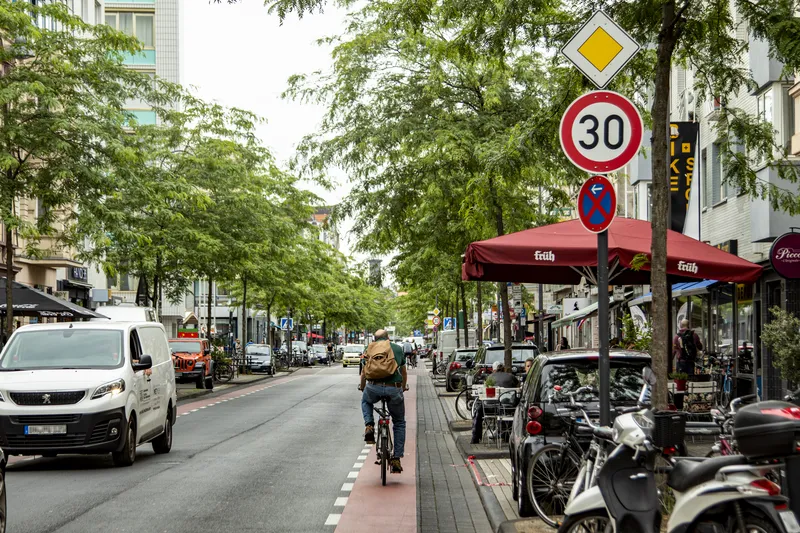Vialis and Nedap are to join forces to improve traffic flow in Dutch cities and make parking easier. Vialis, a subsidiary of VolkerWessels, will integrate its Vivaldi dynamic traffic management system with the Nedap Sensit wireless parking space detection system. A large number of municipalities in the Netherlands already use Vivaldi to optimise traffic flow via traffic control systems and signs; Sensit wirelessly detects vacant parking spaces.
August 31, 2012
Read time: 1 min










